Premium Only Content

Making the Mob
Starting with the government's prohibition of alcohol that gave the mob its foothold in the underbelly of America, to the illicit high-stakes drug wars that take place on the streets of today, in this second episode we see the gangsters and thugs that rose to notoriety within the violent world of organized crime. As suggested by the scene titles, this deals with the early days of the mob, primarily through the profits gleaned during the 'prohibition' era. It covers the rise and fall of Capone and the Chicago mob, built on the back of the temperance movement. The effect of the Depression is also touched upon in the Capone story. The programme also deals with the involvement of city officials (within the police department and civic positions) with figures from the mafia, and the lengths taken to address both the problems with illegal stills and internal corruption. As with the first episode, there is extensive archive footage and interviews with 'primary source' figures such as Vincent Persiante, a retired detective, who expounds on the ingenuity of the bootleggers. Naturally, the St Valentines Day Massacre of 1929 is discussed in detail. Tony Berardi, a young photographer at the time, recounts his experience of the massacre, the aftermath of which he captured on film. Despite the fall of Capone and the end of Prohibition, Chicago's mafia continued to flourish under a succession of bosses, including Tony Acardo, shown being interviewed by Robert Kennedy in the sixties. With this we are introduced to another infamous figure from the underworld - Sam Giancanna. His story is told by Roemer and the usual abundance of contemporary footage. Roemer's accounts are fascinating. The documentary even has interviews with Judith Exner, Giancanna's former mistress, giving a further perspective on a hugely significant figure within the history of the mafia and a man who is intergral to the story of the Kennedys. As such, the election of Kennedy and the Cuban missile crisis are explained in terms of their relationship to the mafia. This follows through to the death of Giancanna in 1975 and a bloody period in Chicago's history. Fratianni was at his peak at the same time, and recounts the problems with the Chicago mob in the seventies and how they affected him. Dave Shiffers of the Chicago police summarises by saying that over the last 50 years, organized crime has increased dramatically, it is just better hidden with fewer high profile figures.
-
 LIVE
LIVE
Major League Fishing
3 days agoLIVE! - Bass Pro Tour: Stage 4 - Day 2
8,425 watching -
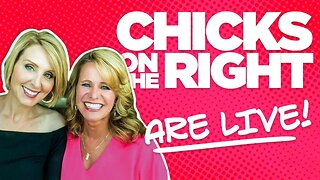 1:35:11
1:35:11
Chicks On The Right
4 hours agoTrump Cabinet shake-up, Kamala keeps humiliating herself, FIREWORKS on CNN
19.8K3 -
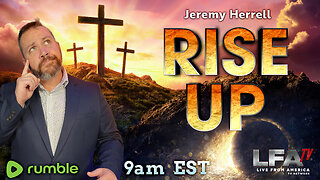 LIVE
LIVE
LFA TV
11 hours agoALL DAY LIVE STREAM - FRIDAY 5/2/25
2,573 watching -
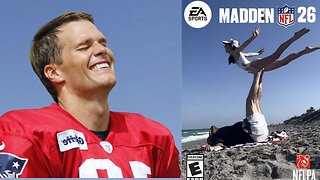 1:41:55
1:41:55
Game On!
13 hours ago $2.33 earnedTom Brady continues to laugh at the 'Brady vs Belichick' debate!
38.7K -
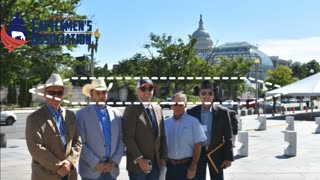 1:58:20
1:58:20
BEK TV
1 day agoTrent Loos in the Morning 5/2/2025
32.8K1 -
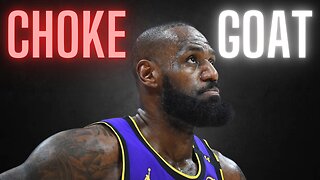 8:00
8:00
SKAP ATTACK
18 hours ago $2.40 earnedChoke GOAT: The LeBron James Story
26.5K13 -
 17:24
17:24
Tactical Considerations
14 hours ago $3.05 earnedIs The Ruger RXM Worth Your Money in 2025?
22.1K3 -
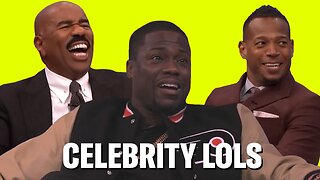 3:34
3:34
The Official Steve Harvey
18 hours ago $1.75 earnedCelebrity LOLs: Behind-the-Scenes Laughs and Unfiltered Moments with Your Favorite Stars!
23.3K2 -
 8:06
8:06
ariellescarcella
1 day ago"Be Queer, Do Crime" : How About NO
22.8K9 -
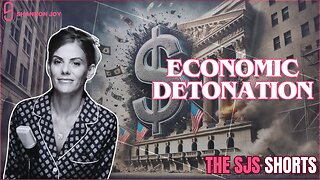 4:31
4:31
The Shannon Joy Show
15 hours ago💣Economic Detonation! Is Trump Making It Worse_ Prepare NOW!
25.6K15